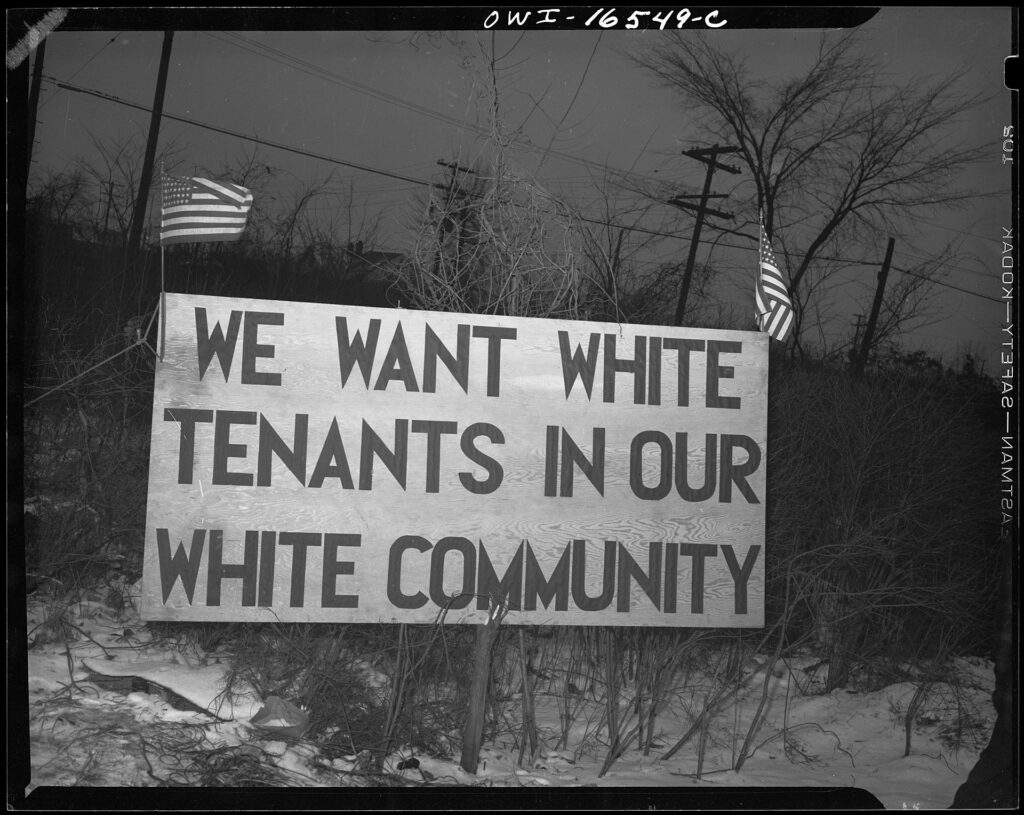What Actually Caring About Black History Month Would Mean

Black History Month is so exciting. I get so many emails from corporate entities talking about how they care about Black History Month. And then nothing ever changes in terms of actually doing something about the persistence of inequality in this country.
The problem here, and it is evidently a problem most people who are left of center won’t even admit exists, is that the functional reality of white supremacy is just as clung to by liberals as by conservatives. Arguments about “good” schools and property values are in fact racist arguments. At least right-wingers just admit it. But to call them such would undermine the self-regard of white liberals and to do that is a third rail that will lead to the peak of explosive white liberal politics, by which I mean a sternly worded letter to the editor or an angry blog comment. I await them on this post.
The reason I write this is because this piece by Laura Harding at The Hill actually gets at what taking Black History Month and the reality of race in this country would mean--breaking down the structures of racism, including how parents choose the schools for their kids, arguments about property values, arguments against density in housing, and everything else that continues to prop up the reality of white supremacy, even if everyone is sure to talk respectfully of Martin Luther King and use the term “African-American.”
In the Brown decision, the Supreme Court declared legal segregation in education unconstitutional. Yet 70 years later, schools across America remain stubbornly segregated.
“As the K-12 public school student population grows significantly more diverse, schools remain divided along racial, ethnic, and economic lines throughout the U.S. More than a third of students (about 18.5 million) attended a predominantly same-race/ethnicity school—where 75 percent or more of the student population is of a single race/ethnicity. … GAO also found that 14 percent of students attended schools where 90 percent or more of the students were of a single race/ethnicity.”
Even in New York, long considered a reliably liberal state, school segregation is still a prominent reality. According to a 2023 research report titled “Empire State Inequity” by the civil rights organization ERASE Racism, which I lead, one out of every three students of color in New York attends a district that is 90 percent or more students of color — what we call “intensely segregated school districts of students of color.”
The report identified 36 intensely segregated school districts of students of color in nine counties, including 15 school districts in New York City, 11 on Long Island, and five in Westchester County. The segregation is compounded by inequitable and historical underfunding, which compromises the students’ futures.
It is not accidental that these intensely segregated school districts are largely reflective of historical governmental discriminatory housing policies, which have become deeply embedded in modern-day practices through exclusionary zoning decisions. These decisions are often enabled by local control of zoning; at first glance this may seem benign, but closer review shows that it works to support and retain historical segregation.
The effect is literally structural racism.
Harding suggests a few ways forward here:
To reverse these catalytic forces, three key policy changes are needed nationally, statewide and locally:
First, the connection between racial segregation in housing and in public education should be recognized, and policies that perpetuate segregation in housing should be eliminated.
Second, inequitable funding of public-school districts should end. Being equitable includes recognizing that students with greater needs require more funding to overcome them.
Third, because those needs are in many cases the lasting legacy of decades of discrimination and inequitable funding based on race, public policy should make reparation for government-sanctioned structural racism. Why should the government not be accountable for its own actions?In New York State, recent attempts have been made to make school funding more equitable. They do very little, however, to address the lasting legacy of discrimination.
Black History Month offers an opportunity to look at our past as a way to inform our future. The 70th anniversary of the Brown decision provides us with a chance to reflect on the progress that has been made and acknowledge how far our nation must still go to make the decision a reality. We must use our past to make needed changes now to ensure a better future for our nation.
But what if this made the “I can’t be racist, I voted for Biden in my Westchester County neighborhood” crowd feel bad about themselves?


